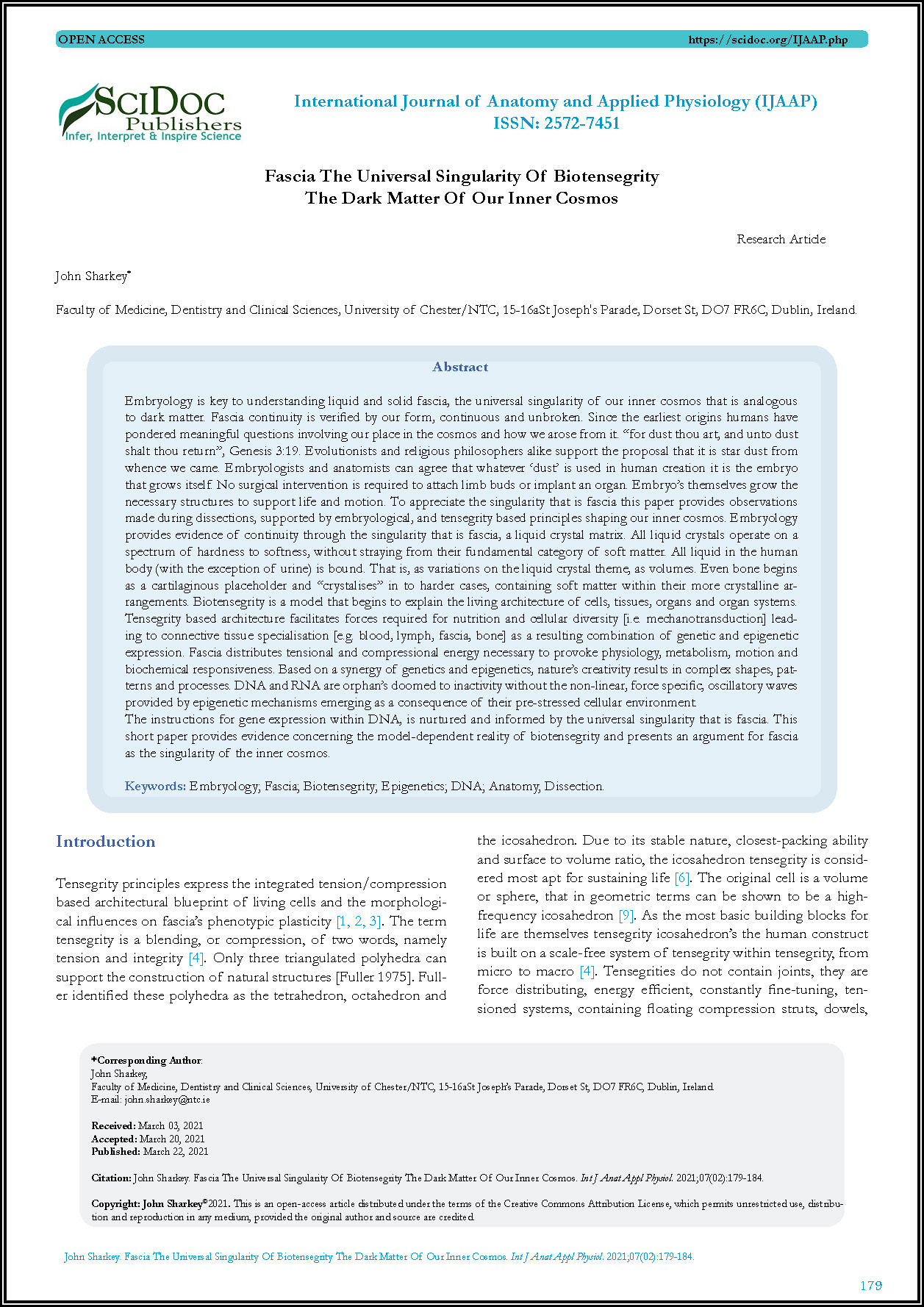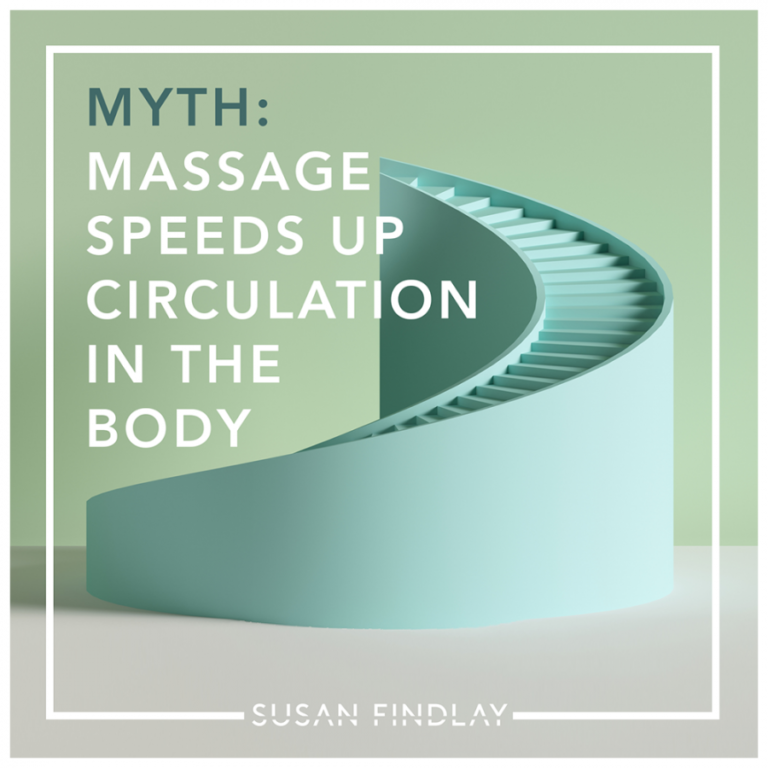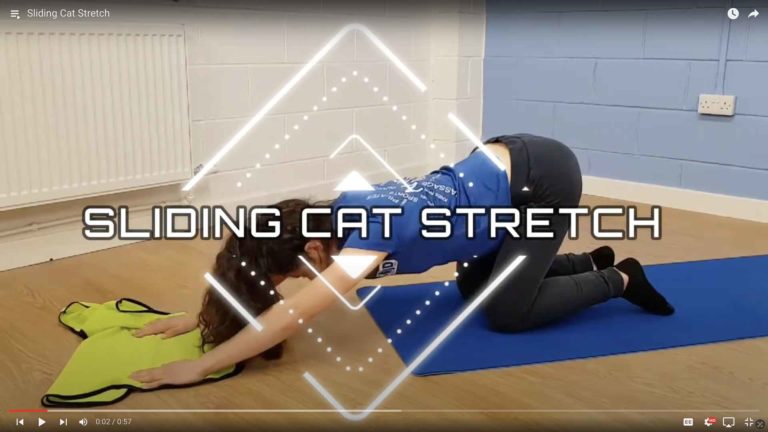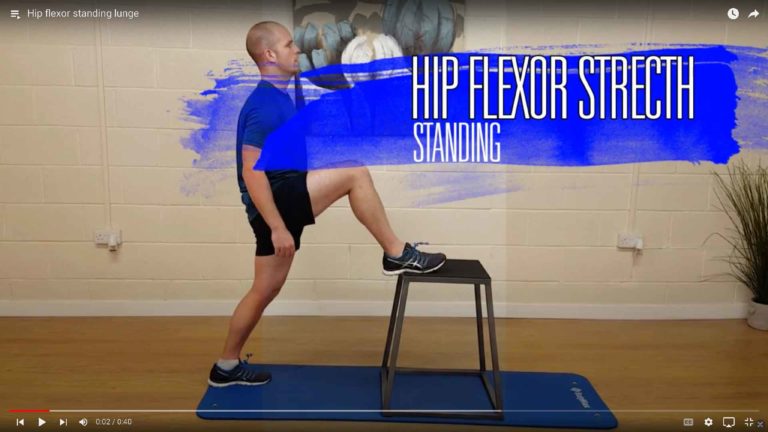Abstract
Embryology is key to understanding liquid and solid fascia, the universal singularity of our inner cosmos that is analogous to dark matter. Fascia continuity is verified by our form, continuous and unbroken. Since the earliest origins humans have pondered meaningful questions involving our place in the cosmos and how we arose from it. “for dust thou art, and unto dust shalt thou return”, Genesis 3:19. Evolutionists and religious philosophers alike support the proposal that it is star dust from whence we came. Embryologists and anatomists can agree that whatever ‘dust’ is used in human creation it is the embryo that grows itself. No surgical intervention is required to attach limb buds or implant an organ. Embryo’s themselves grow the necessary structures to support life and motion. To appreciate the singularity that is fascia this paper provides observations made during dissections, supported by embryological, and tensegrity based principles shaping our inner cosmos. Embryology provides evidence of continuity through the singularity that is fascia, a liquid crystal matrix. All liquid crystals operate on a spectrum of hardness to softness, without straying from their fundamental category of soft matter. All liquid in the human body (with the exception of urine) is bound. That is, as variations on the liquid crystal theme, as volumes. Even bone begins as a cartilaginous placeholder and “crystalises” in to harder cases, containing soft matter within their more crystalline arrangements. Biotensegrity is a model that begins to explain the living architecture of cells, tissues, organs and organ systems.
Tensegrity based architecture facilitates forces required for nutrition and cellular diversity [i.e. mechanotransduction] leading to connective tissue specialisation [e.g. blood, lymph, fascia, bone] as a resulting combination of genetic and epigenetic expression. Fascia distributes tensional and compressional energy necessary to provoke physiology, metabolism, motion and biochemical responsiveness. Based on a synergy of genetics and epigenetics, nature’s creativity results in complex shapes, patterns and processes. DNA and RNA are orphan’s doomed to inactivity without the non-linear, force specific, oscillatory waves provided by epigenetic mechanisms emerging as a consequence of their pre-stressed cellular environment.
The instructions for gene expression within DNA, is nurtured and informed by the universal singularity that is fascia. This short paper provides evidence concerning the model-dependent reality of biotensegrity and presents an argument for fascia as the singularity of the inner cosmos.
Not joined up yet?
There’s plenty of reasons to join the LCSP Register
Insurance Partners
Our dedicated team can tailor individual policies to suit your specific needs
Workshops
Keep your skills up to date with CPD Workshops and courses
Business Support
Advice tailored to working in the private sector
Find a Therapist
Our directory of therapists searchable by the general public
Welfare Officer
Supporting members who may have situations of difficulty where they need assistance, guidance or reassurance.







